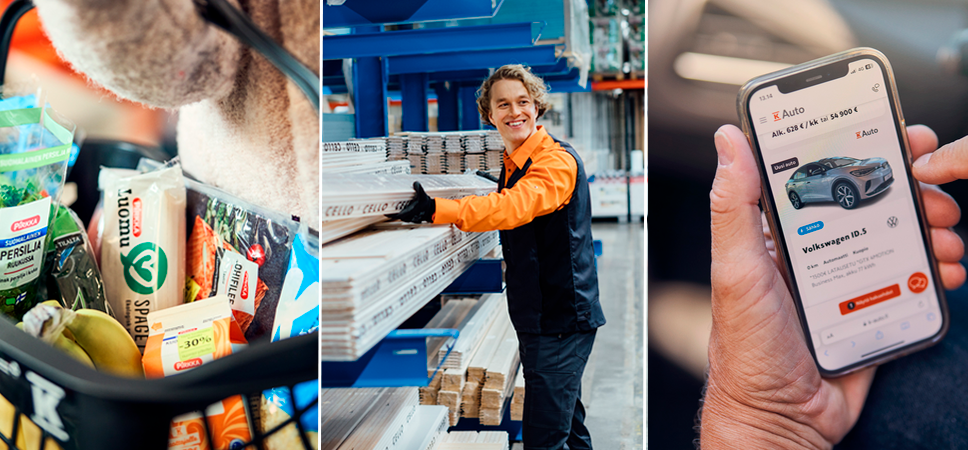
Emissions targets

We are committed to mitigating climate change by setting short-term science-based emissions reduction targets. Our targets have been approved by the Science Based Targets initiative (SBTi).
Kesko’s short-term SBT targets:
- Kesko is committed to reducing its absolute Scope 1 and 2 GHG emissions from its own operations by 90% by 2030 from the 2020 baseline.
- Kesko is committed to ensuring that 67% of its suppliers and service providers by spend will have science-based targets by 2026.
Kesko is also committed to reducing its absolute Scope 3 GHG emissions from the use of sold products by 17% by 2026 from the 2020 baseline.
In the autumn of 2023, we committed to setting new long-term emissions reduction targets and to reduce our emissions across the value chain in line with the SBTi’s NetZero standard. We will also seek SBTi’s validation for our new net zero targets.
The most significant emissions are generated in the value chain
By far the most significant part of Kesko’s other indirect emissions (Scope 3 emissions) is generated during the life cycle of the products we buy and sell: their production, use and end-of-life treatment. Together, these account for almost 98% of our Scope 3 emissions. In order to reduce the Scope 3 emissions, we encourage our suppliers and service providers to reduce emissions generated by their own operations and to set their own science-based emissions targets.
We monitor progress towards this target mainly through the CDP Climate Change questionnaire, to which we encourage our major suppliers to respond. Measured by spend in euros, 32.0% of our suppliers have set short-term science-based emissions reductions targets.
CDP is a non-profit environmental organisation that annually collects information about actions taken by individual companies to combat and adapt to climate change. We participate in the CDP Supply Chain programme, through which we challenge our suppliers to participate in the CDP Climate change questionnaire. Read more about CDP.
Kesko's supplier - how to proceed on the path towards science-based emissions targets?
1. Commit to setting short-term, science-based emissions reductions targets in accordance with the Science Based Targets initiative.
2. Measure your own and your value chain's emissions (Scope 1, 2 and 3) and set emissions reductions targets based on SBTi's guidelines.
3. Seek for the validation of SBTi for your targets.
Read more about the Science Based Targets initiative.
Minimising emissions from Kesko’s own operations
In addition to science-based emissions targets, we have set a carbon neutrality target for emissions from our own operations. We aim to achieve carbon neutrality in our own operations in 2025 and zero emissions by the end of 2030. During 2025–2030, we will offset the emissions generated, and will continue to decrease emissions towards zero by the end of 2030.
We promote the achievement of our ambitious emissions targets by, for example, increasing the purchase of zero-emission electricity, reducing emissions from self-generated energy by reducing the use of natural gas and oil, improving energy efficiency, using waste heat and increasing the number of electric transport vehicles in logistics.